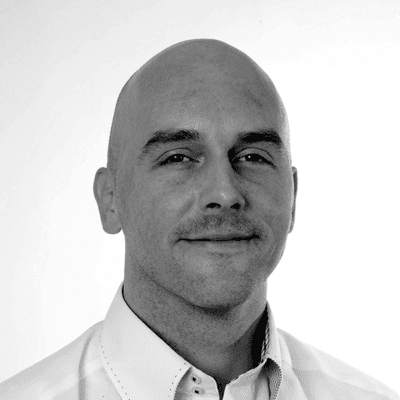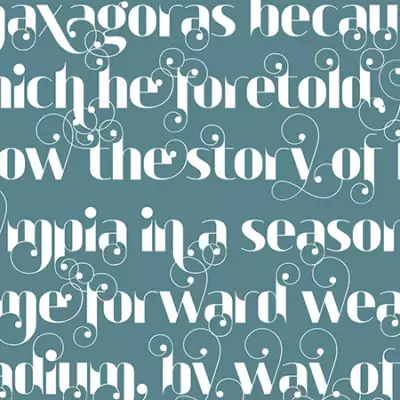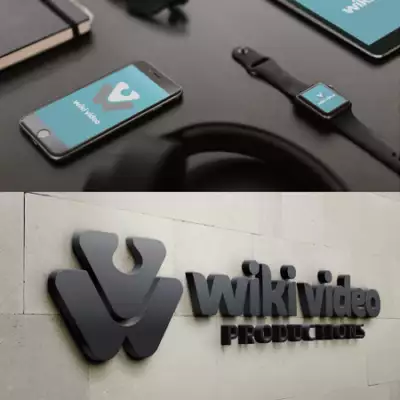’Success is going from failure to failure without loss of enthusiasm.’ - I like
this quote since I find the creative journey so inconstant— you [can be] on top
of the world one day and feel completely deflated the next.
Michael Parson has always lived his life in the fast lane, for before he was leaving a mark on the world of graphic design he was leaving his imprint on the racetrack. The graphic designer started two businesses in 2002 alone— the first, a small graphic design studio called Parson Research— the second, Typogama, a company which focuses on the distribution of his own personal typeface designs. Based in Geneva, Switzerland, the professional kart racer relays the remarkable early years which brought him to where he is today.
“My first passion, aside from drawing, was motor racing, and I spent my teenage years driving across the UK in various karting championships. I would often doddle designs for my helmets or race suits and had done a few sketches for a new logo for the team I was racing with,” Parson says. But it didn’t stop there— “One of the mechanics liked my ideas and started talking to me about the actual profession of being a graphic designer. It lit a switch, the art world was not really my thing but suddenly, this design profession seemed to offer the opportunity of artistic creation within the constraints of a business world,” he says. “After realizing that I was not going to be the next Ayrton Senna, I stopped the motor racing, jumped head-first into the world of design, and never looked back!”
What a path! Yet the need for speed didn’t feed into the graphic designer’s current work— for him, the beginning of the race is most crucial in determining what happens at the finish line. When it comes to Parson’s approach to design, it was another influence who showed it’s not as much about the outcome as it is about the process. “When I set up my studio, I was particularly attracted to the name of Neville Brody′s studio, Research Studios, which somehow encapsulated what seemed most important in design: the process. Not that the end result doesn’t count, but often I find my real love is for the initial process, like the sketching and the idea development. I find this is where design can move away from being solely aesthetic, towards something more original and functional,” he says.
So how does the artist achieve this goal? “As mentioned, my ideal process is very much based on what goes on behind the scenes. Initially, I will try and brainstorm some general ideas on paper, then convert these into sketches,” he says. “The sketches are often quite rough, and I do not spend hours trying to make everything perfect, the digital world is much better for that! I then import those sketches and build from there. I enjoy having a bit of time to process the ideas; I try to get the first draft completed quickly, [before] stepping back from the work to see if any new perspectives come about,” says Parson.
Despite making a big name for himself, the designer credits his family for his journey and success. When asked about the single biggest influence on his way of thinking, the artist answers: “I could probably name a hundred designers who have influenced me, through their work, their thinking, and so on. But if I am completely honest, time has shown me that my biggest and most lasting influence must be from my family, as both my parents and my sister have been a great support and driving force. Despite them not being designers, their life lessons stay with me all the time,” he says. Where Parson stays grounded in terms of appreciation for his roots, the artist allows his inspiration to run wild. While many designers turn to current trends and fascinations to feed into their work, for Parson the inner stimuli present itself sporadically. “I actually do not have a main inspiration currently, maybe it’s the summer months or maybe it’s just a period, but I find myself jumping from one source to another quite freely,” he says. “My latest projects have been a few new typeface families, but they range from a corporate, formal style, to a 1920′s brush script, to a condensed serif newspaper style, so my inspirations have been all over the place!”
This mentality is how the designer stays level while maintaining a sense of positivity in such a cutthroat industry. Regarding the best piece of advice worth repeating to others, Parson quotes Churchill, stating: “’Success is going from failure to failure without loss of enthusiasm.’ - I like this quote since I find the creative journey so inconstant— you [can be] on top of the world one day and feel completely deflated the next. [In this sense] it can be hard to stay true to oneself and your vision, so I simply try to go about my work being honest, thorough and giving it my best while not getting too affected by all the external factors,” says the graphic designer.
Wise words from a veteran who well knows it’s better to dust off the bad and march forward with the good. It is through such passion that Parson stays focused, as the artist handles client feedback with very much the same approach. “I think it is important to separate the [different] types of criticism, as most client feedback is done in good faith, with them wanting to extract what they see as the best design solution from you, the designer. Here, we must listen and pay attention. But you do equally get some criticism, that can sometimes seem very personal or aggressive, and often this has less to do with the actual task and more to do with the person, environment, or other issues. I guess I have always tried to take a slightly Buddhist approach to this— don′t get too deflated if a client criticizes your work but don′t get too inflated if they celebrate it,” he says.
Luckily Parson fares well when it comes to client feedback, and it helps by staying informed on the latest design trends. To do so, “I try to take some time to read up on blogs, magazine and see various local expositions. For my specific crafts, I think it is a great idea to attend design conferences, they allow you to quickly and easily discover a wide range of creatives and activities and provide a nice platform for meeting and exchanging with other designers from different backgrounds,” says the artist. Sounds great! But what keeps the designer moving forward; in other words, what does he enjoy most about this line of work? “I guess the main aspect would be the fact that I am basically doing the job that I dreamed of doing— getting paid to draw things! I think designers are quite privileged in the sense that our ideas, opinions, and creations can actually be used and applied in the everyday world. I still get a huge buzz from seeing my work or my fonts in the wild,” he says. Can we look forward to some future goals for the entrepreneur? “The older I get, the less concrete goals I seem to have! I wanted to start my own studio, I did that, I wanted to publish my fonts, I did that. [Now], I guess I just want to be able to keep doing that, to keep improving my skills, to keep challenging myself, to keep surprising myself. I think I am my biggest critic, so I just hope to maintain the desire to keep pushing things along and stay excited with what is happening around us!” To check out the award-winning work of Michael Parson visit www.parsonresearch.ch.
Submit your work for Indigo Design Award competition





